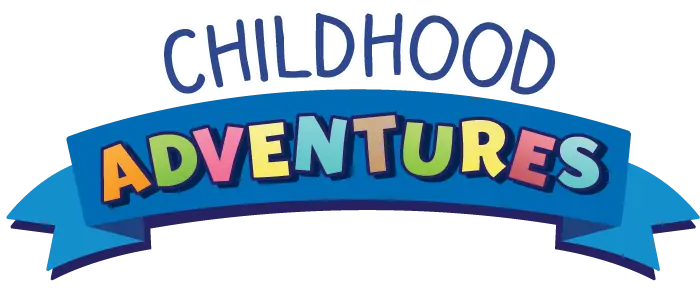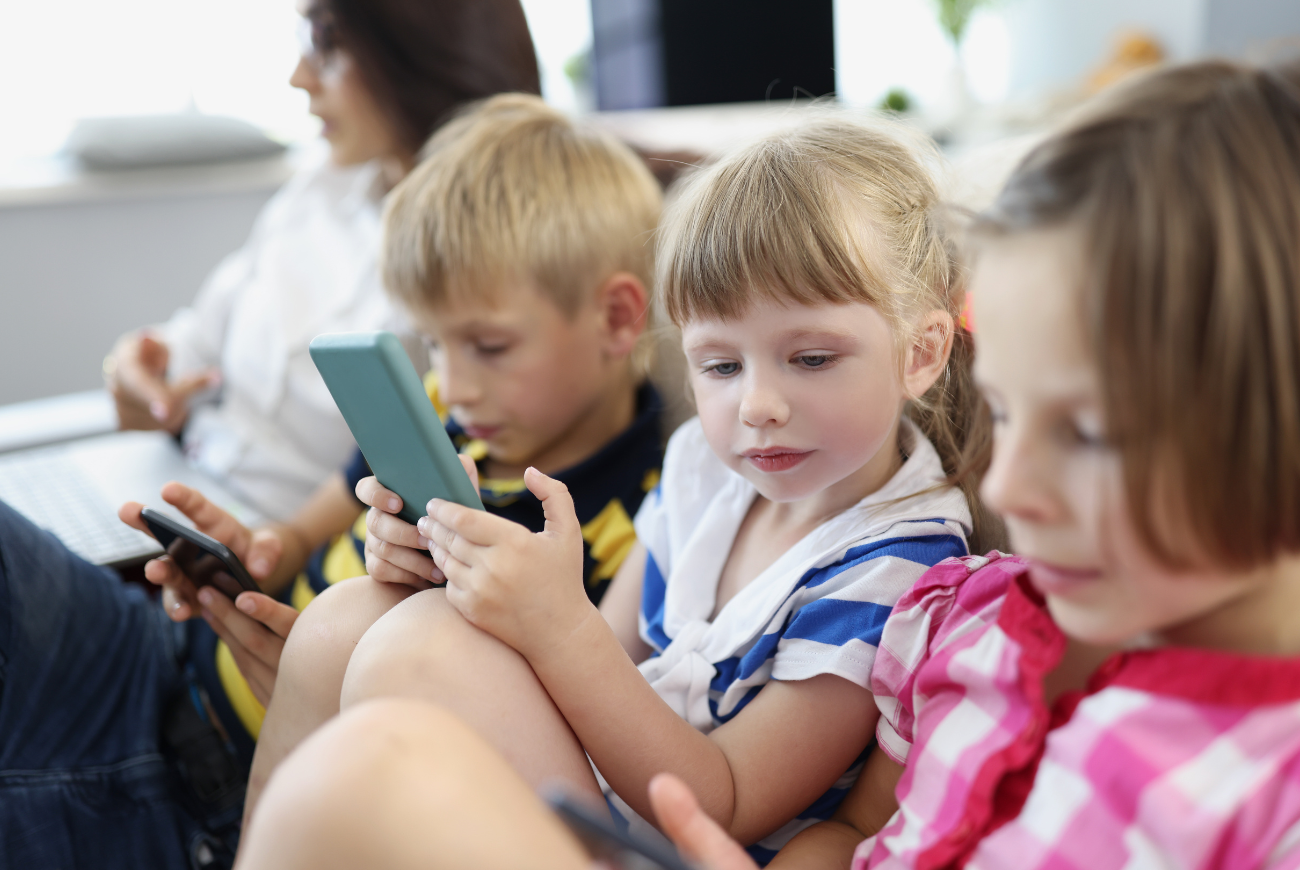What are the Vestibular System and Proprioception?
4 min read
Last Modified 22 May 2025 First Added 6 November 2024
4 min read
Last Modified 22 May 2025 First Added 6 November 2024
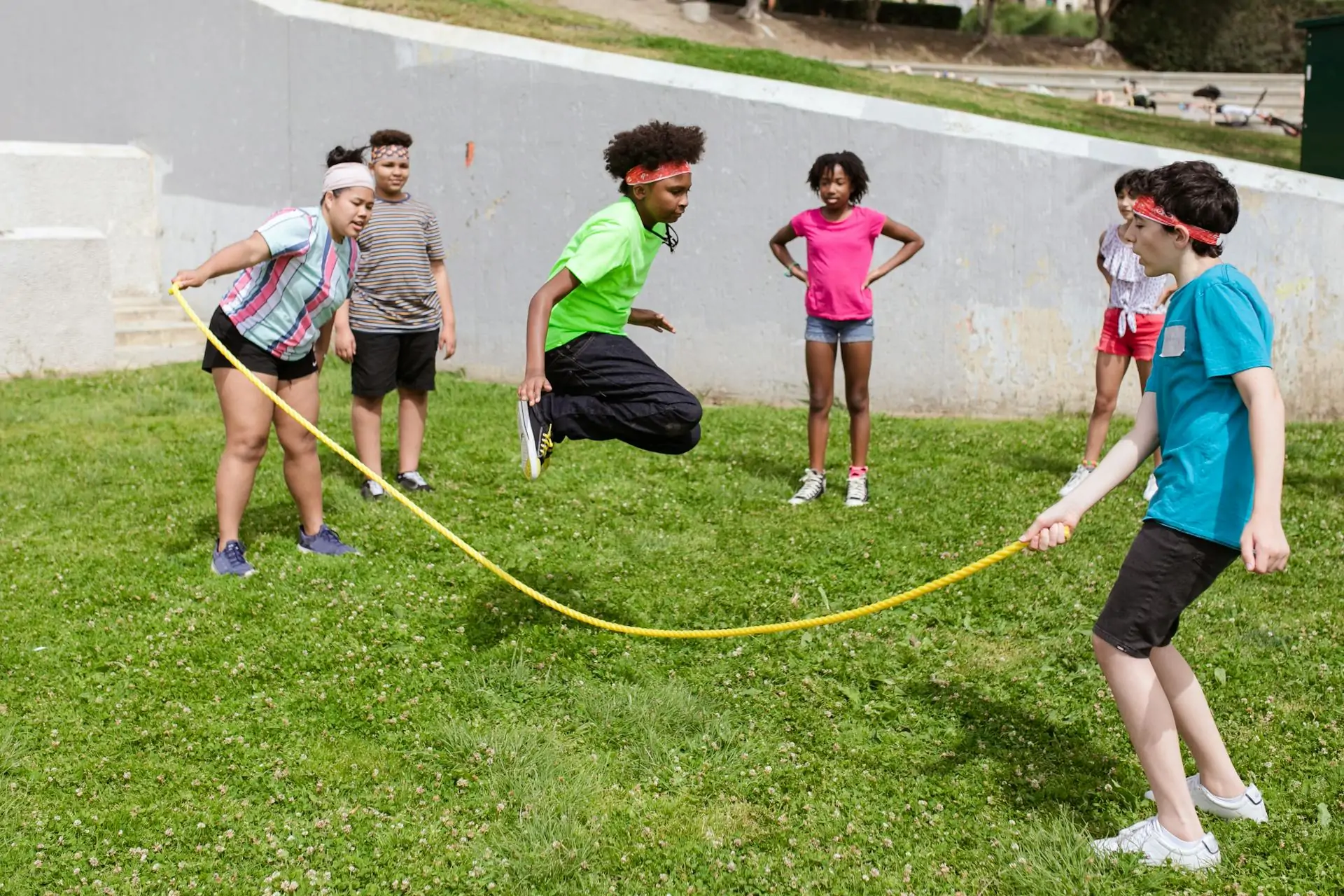
Author Heather
We all know about the five senses – sight, hearing, smell, taste, and touch – but, did you know there are actually two more senses – vestibular and proprioception? Just like the other five senses, the sixth and seventh senses are developed in childhood, and are important throughout your life. Vestibular and proprioception are important for balance and how you understand and react to your environment. We’ll take you through these senses and how you can help your little one with their development.
Related: A Guide to the Seven Senses
Vestibular (or the vestibular system) is known as the “balance centre”. This sense is all about movement. It receives information about the body’s movements, including speed of movement. Put simply, the vestibular system is important for balance and awareness of the body’s movement. This helps with coordinating the movement of the head with the eyes, allows you to use both sides of your body at the same time, and helps you to remain upright.
The receptors for the vestibular sense are found in the inner ear and are stimulated by changes in the head position, telling you if and how your body is moving.
To develop any sense, your child has to activate them. Activities that target the vestibular system include:
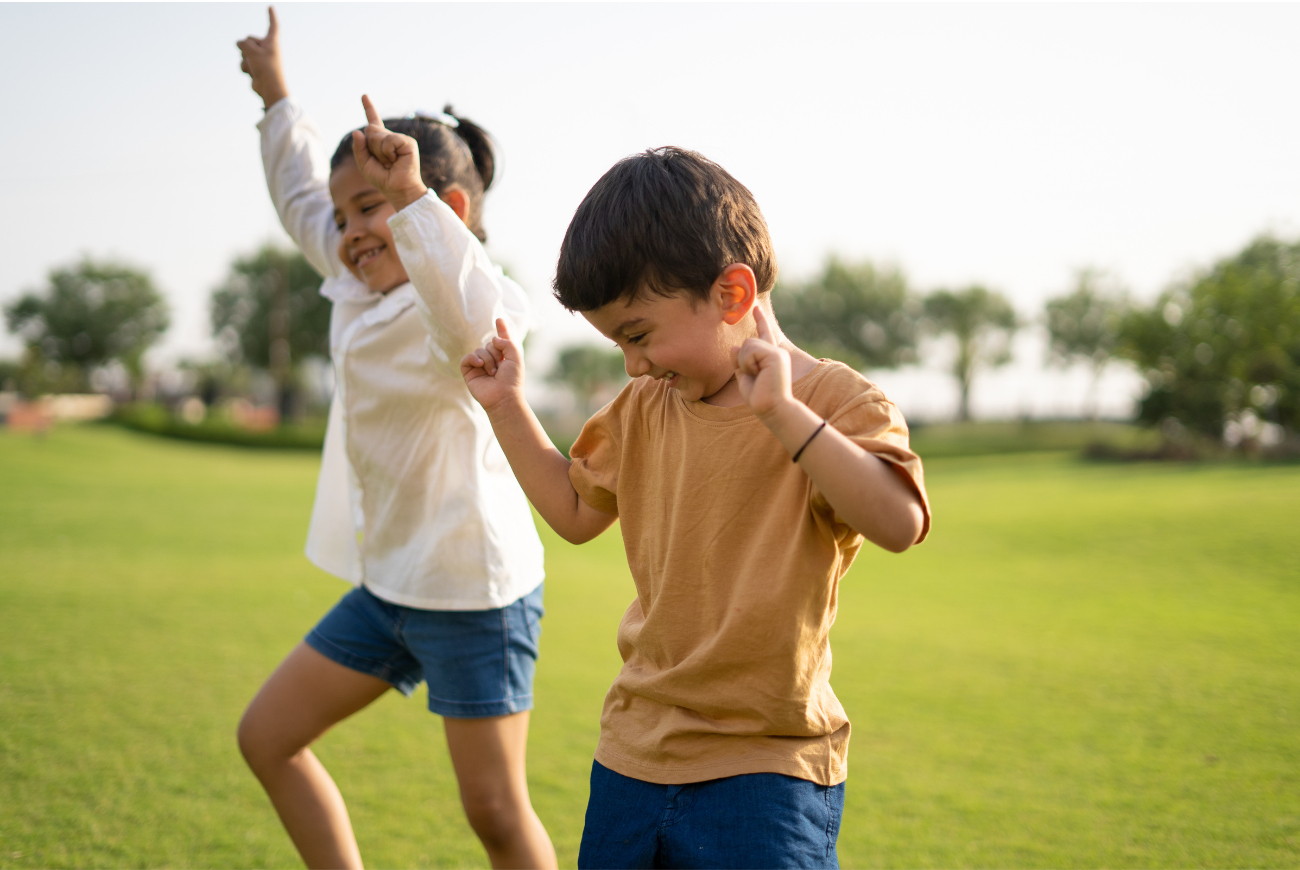
Just like the other senses, the vestibular system can be dysfunctional. Signs to look out for include:
If you are concerned about your child’s vestibular development, contact your GP.
Proprioception tells us where our body is in relation to the environment. It gives information on the direction you are facing, how close you are to obstacles,the amount of pressure being used to move the body, and more. This is important for body awareness and developing motor skills.
The sensors for this sense are found in muscles and joints. These receptors send information on where our body is and how much force is being used to our brains. This also helps with regulating sensory input and even emotional responses.
To help your little one develop proprioception they can take part in activities such as:
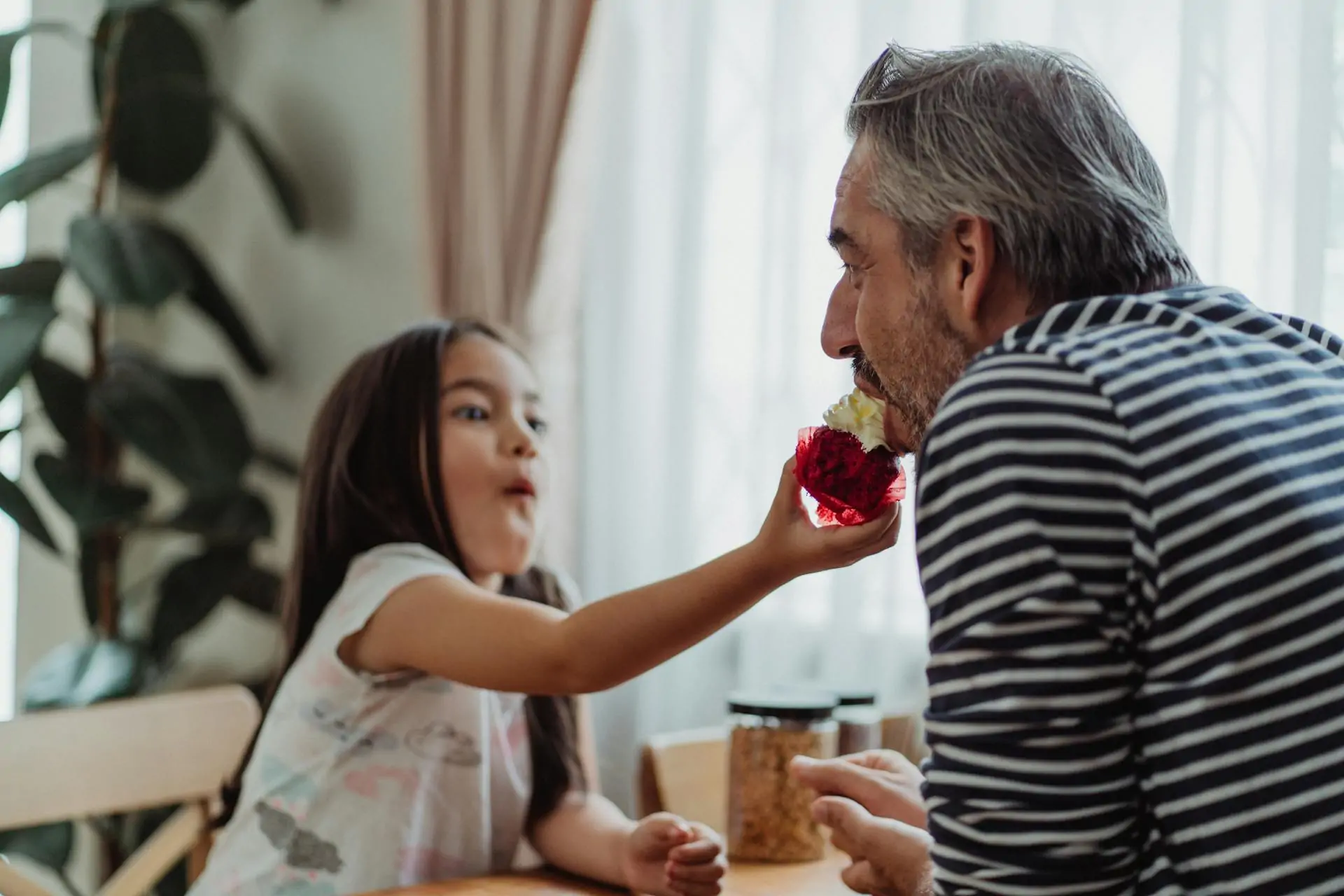
If your child has an issue with their proprioception, they can show symptoms such as:
If you are concerned about your child’s proprioception development, contact your GP.
Like the well-known senses, there are plenty of toys that can help develop your little ones vestibular and proprioception. This helps with the development of sensory integration, and is an import part of your child’s development.
Sensory play is a great way to help children develop all their senses. Some toys that can help with the vestibular and proprioception senses include:
The senses and sensory integration should develop naturally as your little one grows. However, you can help them with this by providing toys and encouraging activities that stimulate the senses, and this is true for vestibular and proprioception. Find out more about child development so you can help your little one as they grow.
Read our disclaimers.
An experienced copywriter, Heather Aqel uses her broad knowledge and astounding vocabulary to write in-depth and enchanting pieces about fun activities, tips and tricks, and our products.
Heather also moonlights as a children’s author, writing magical stories to inspire and bring wonder to little ones.
 Free Click & Collect within 30 minutes
Free Click & Collect within 30 minutes
 Free delivery on orders over £39.99
Free delivery on orders over £39.99
 Free Next Day Delivery on orders over £75
Free Next Day Delivery on orders over £75 Gift Cards available
Gift Cards available
